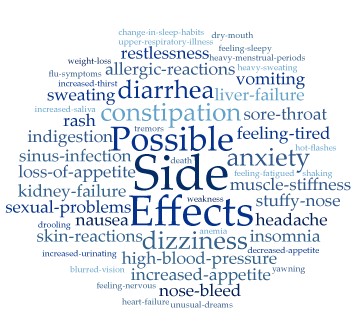Introduction

Determining the frequencies of drug side effects is important for drug development and clinical use. Clinical trials are the traditional method for this task, but this method consumes a lot of resources. Meanwhile, due to the uncertainty of drug side effects, the design of clinical trials and the recruitment of volunteers are challenged in many ways. With deep learning methods, the frequencies of drug side effects can be predicted efficiently to provide guidance for clinical trials and applications. In this study, we used the similarity information of drugs and side effects and the chemical structure of drugs, from which more complicated features were learned by using multidimensional convolution and molecular transformer. A new loss function was also implemented for the frequency prediction. As a result, our method outperforms other SOTA methods. In the case study, the newly designed framework, association prediction followed by frequency prediction, is more suitable for the real-world scenarios.





